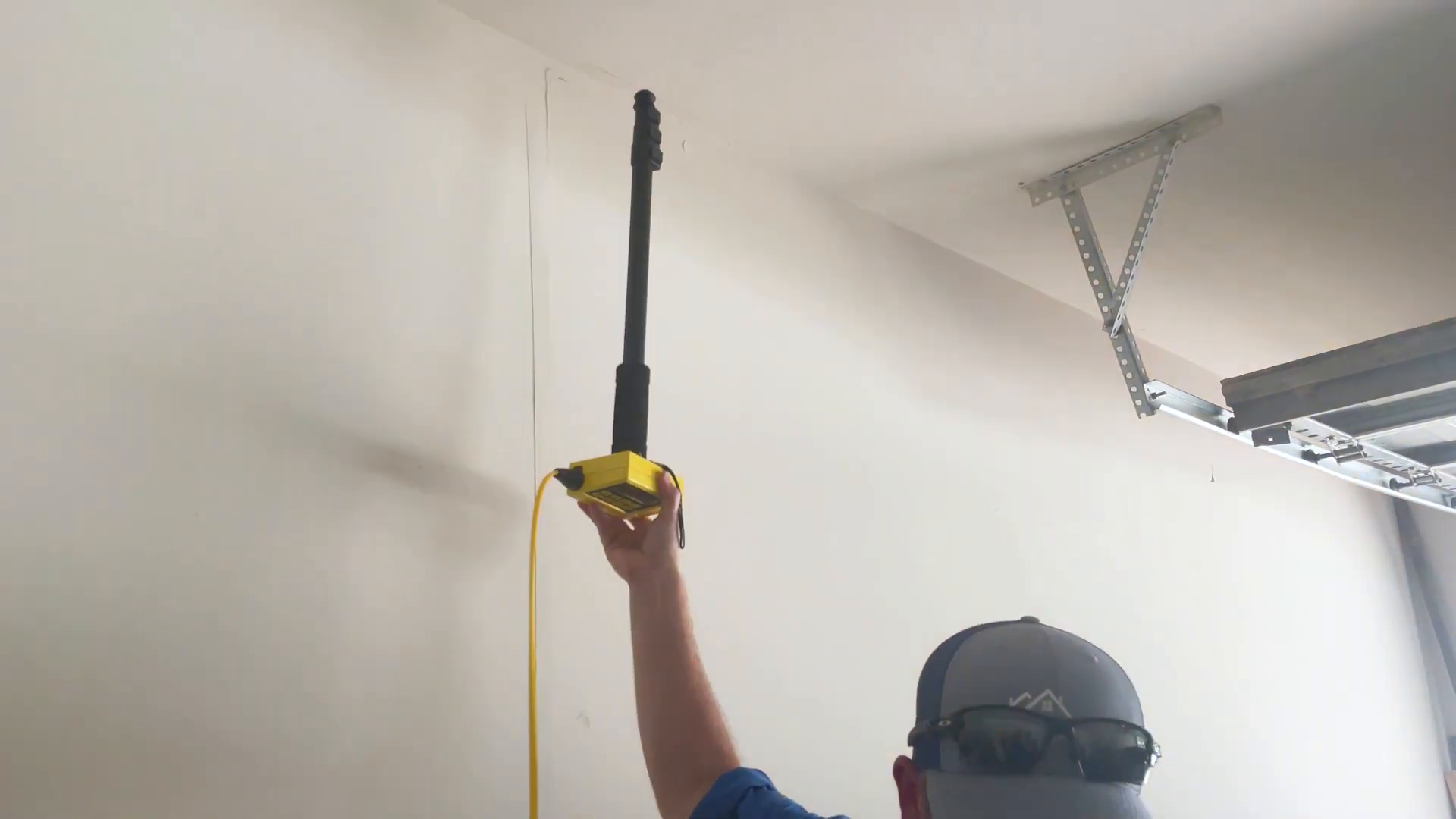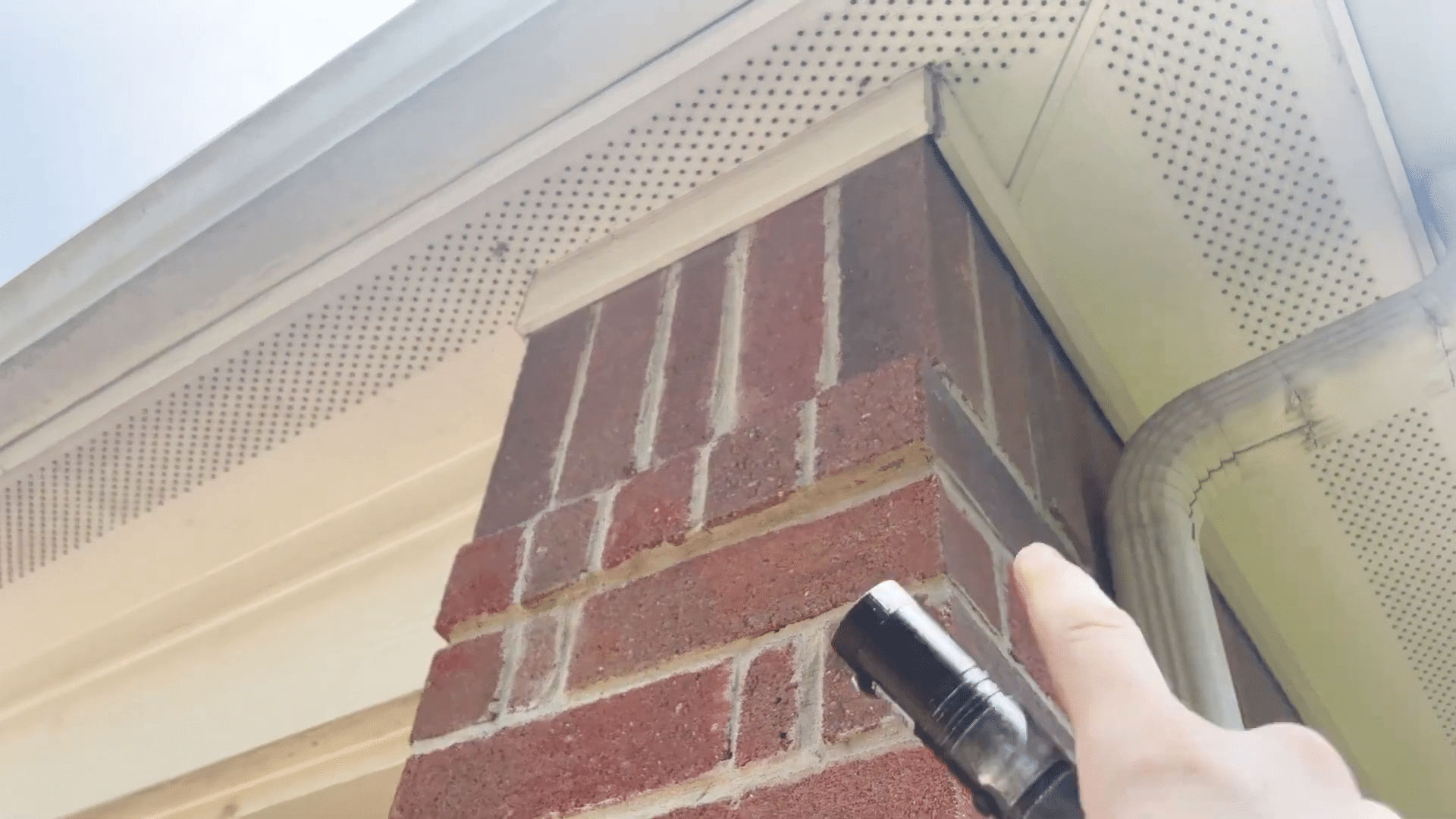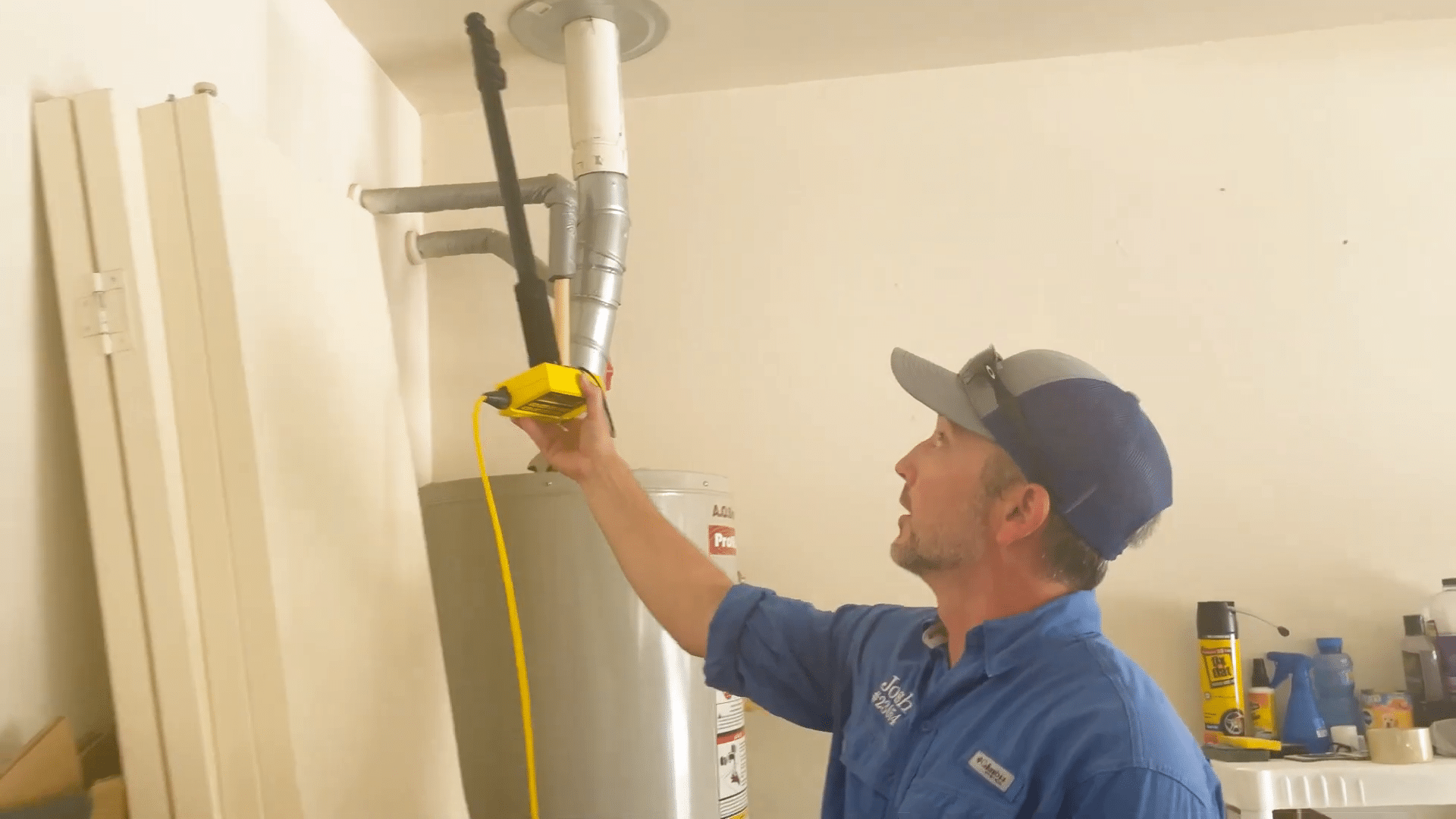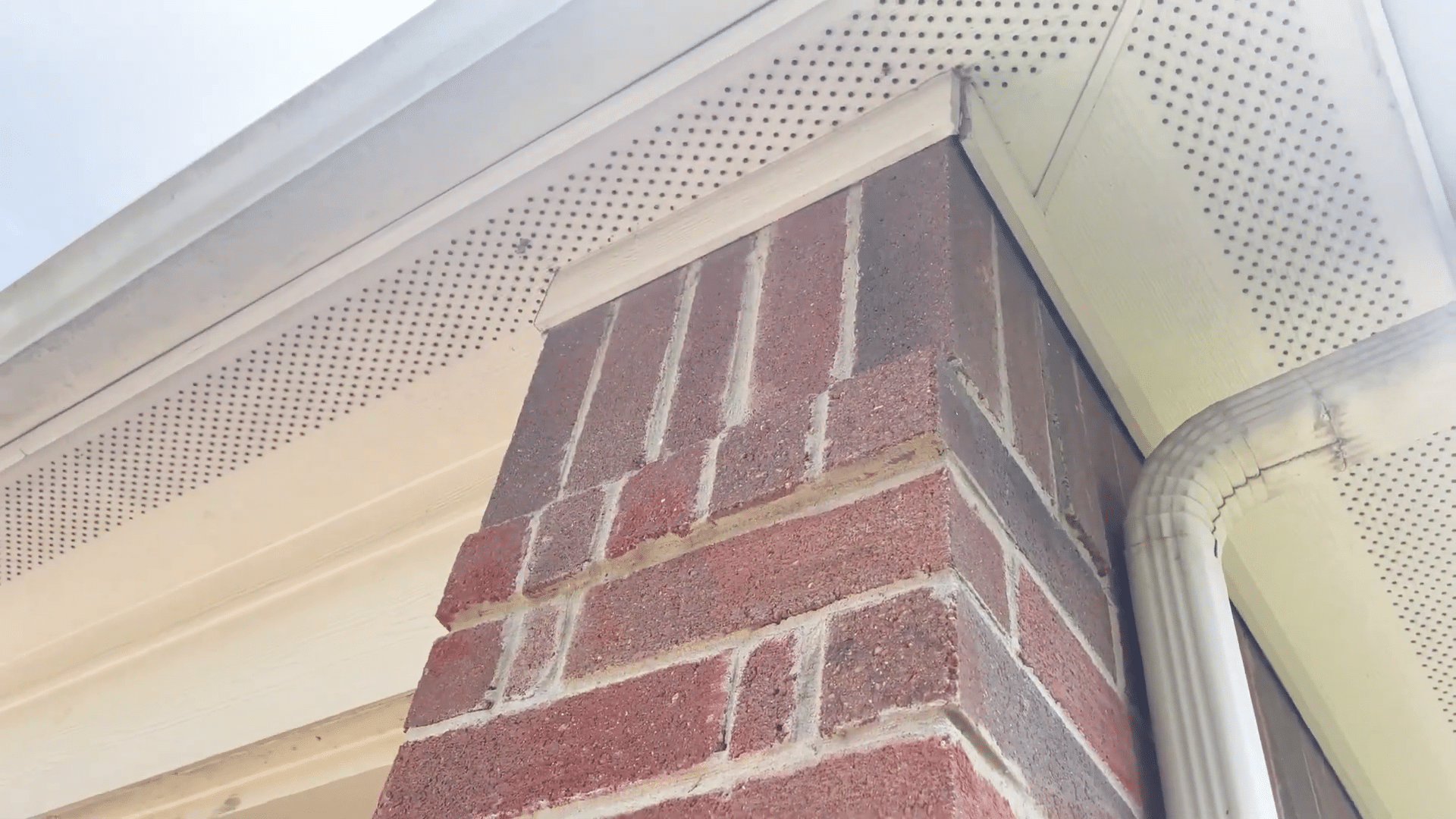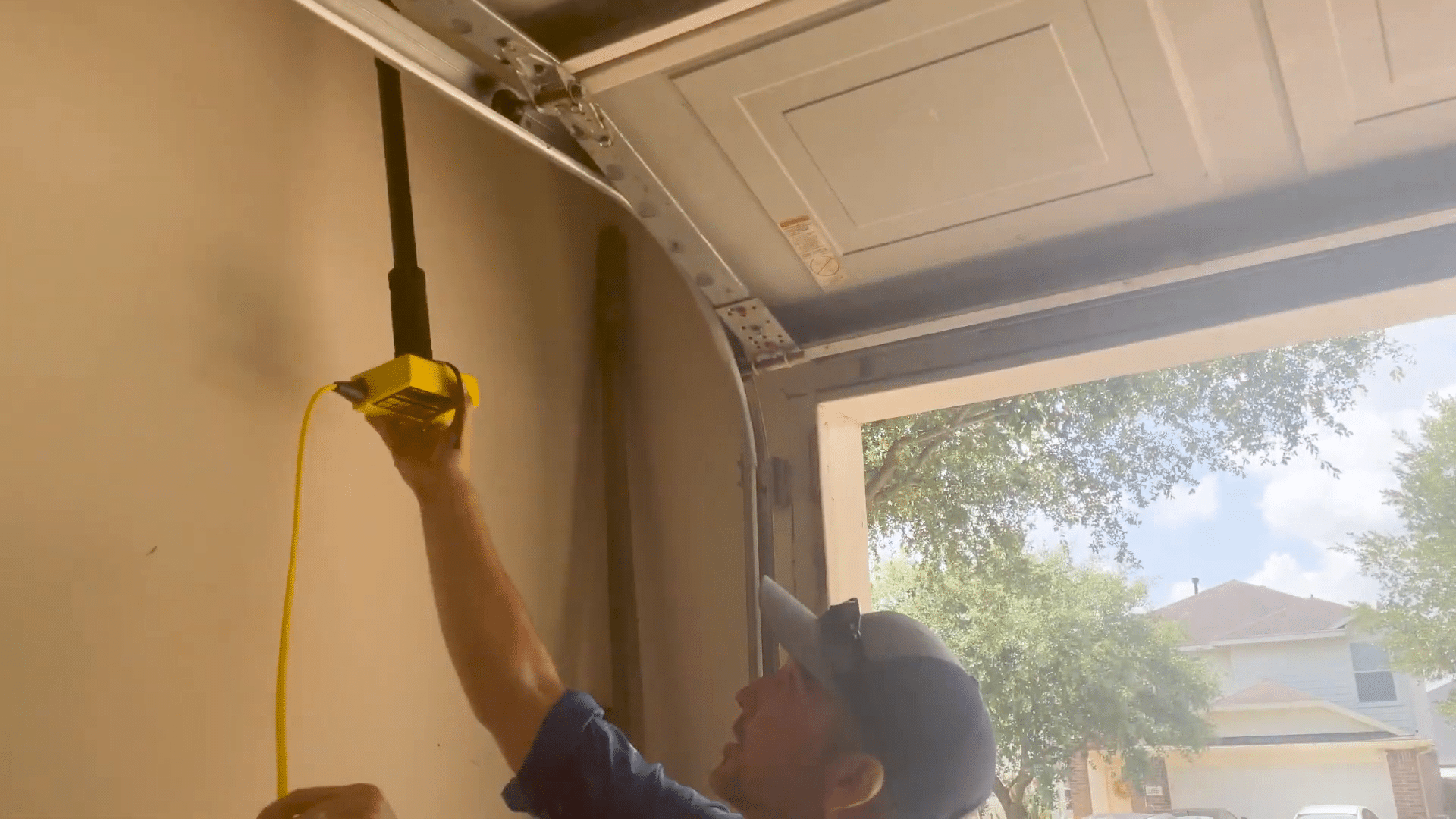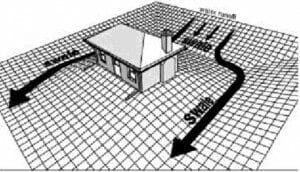Navigating Foundation Health: Key Insights for Home Inspection and Diagnosis
Home » Structural » Foundation »
Understanding Foundation Issues in Homes
When inspecting a home, identifying the difference between mere settlement and actual foundation failure is crucial for accurate reporting and diagnosis. It’s essential to approach this task methodically, as premature conclusions can lead to unnecessary frustration during the buying process. A deeper understanding of these issues not only aids in professional assessments but also enhances the credibility and reliability of the inspection process.
One of the initial recommendations for those involved in home inspections or evaluations is to undertake specialized training, such as the courses offered by structural engineers like Mike Gandy through real estate training systems. This education equips individuals to discern the nuances of foundation health and to apply a systematic approach to evaluating potential problems.
Initial Interior Examination
The first step in assessing the foundation integrity involves a thorough visual inspection of the interior without the immediate use of tools. This process includes checking for signs such as joint cracks, stress cracks, misaligned doors or cabinets, and any unusual twisting of tape along walls. These features can be indicative of movement within the structure and potential underlying issues with the foundation.
During the interior examination, particular attention should be paid to the nature of the cracks observed. Straight cracks often result from non-structural causes such as thermal expansion or contraction and other maintenance-related issues. In contrast, cracks that appear at 45-degree angles or have sharp, erratic turns are more concerning as they typically indicate stress from natural shifts in the foundation.
Exterior Inspection Process
Following the interior assessment, the next step involves a detailed inspection of the building’s exterior. This part of the process includes examining the alignment of walls from different angles, assessing the condition of building joints, and evaluating the drainage conditions around the property. Proper water drainage is critical as improper grading can lead to water pooling around the foundation, exacerbating or causing structural issues.
During the exterior walkthrough, signs such as gaps in freeze boards, fascia, and soffits should be meticulously noted. The presence of original caulking with minimal separation at window joints and other structural connections often signifies no significant foundation movement. However, any visible separation or misalignment in these areas might suggest otherwise.
Addressing Minor Settlements
It is important to understand that not all signs of separation or minor visual imperfections are indicative of foundation failure. Most structures experience some level of settlement, especially in the initial years following construction. Factors such as soil type, moisture levels, and local environmental conditions can influence the degree of settlement observed. Observing minor separations, particularly in areas like the soffit or freeze board, does not necessarily require immediate action unless accompanied by other more definitive signs of foundation distress.
For example, slight misalignments or openings that do not exceed a quarter inch often fall within acceptable construction tolerances. These observations should be documented but should not cause alarm unless further investigation reveals additional concerns.
Advanced Diagnostic Tools and Techniques
If preliminary inspections suggest potential foundation issues, further analysis using advanced tools like the zip level can provide more definitive evidence. The zip level allows for precise measurements of floor levels across different areas of a building, helping to identify even subtle shifts in the foundation. This tool is particularly useful in garages and other areas where natural slopes and construction variances can complicate visual assessments.
Measurements that show minor discrepancies, such as a half-inch variation in floor levels, often fall within the range of seasonal movement expected in residential structures. Factors like tree roots, absence of watering systems, or fluctuating moisture conditions due to seasonal changes can contribute to these readings, which do not necessarily signal foundation failure.
Conclusion
Understanding the distinction between normal structural settlement and potential foundation issues is crucial for effective property evaluation. Proper training, systematic inspection methods, and the use of specialized tools are essential for accurately diagnosing and documenting foundation health. For those involved in property inspections or repairs, continual education and access to expert resources, such as those provided by industry professionals and specialist courses, are invaluable in ensuring accurate assessments and fostering trust with clients.
Furthermore, for those seeking to enhance their skills or need specific guidance on reporting, resources like HomeIW.com offer comprehensive templates and commentary for a variety of structural components, including foundations. By utilizing these tools and adhering to a meticulous evaluation process, inspectors can confidently address foundation concerns, providing valuable insights and guidance to property owners and potential buyers.
